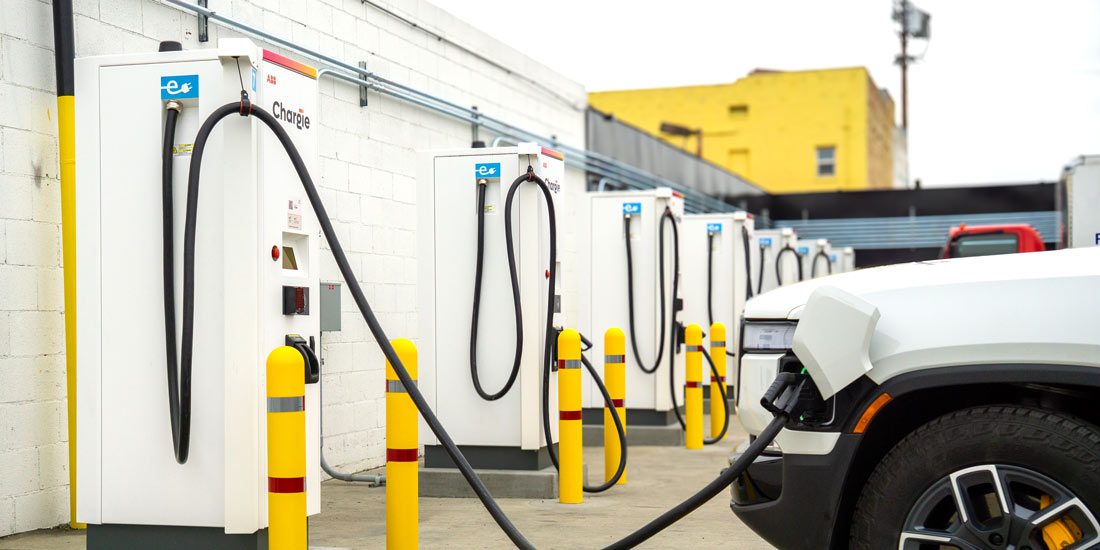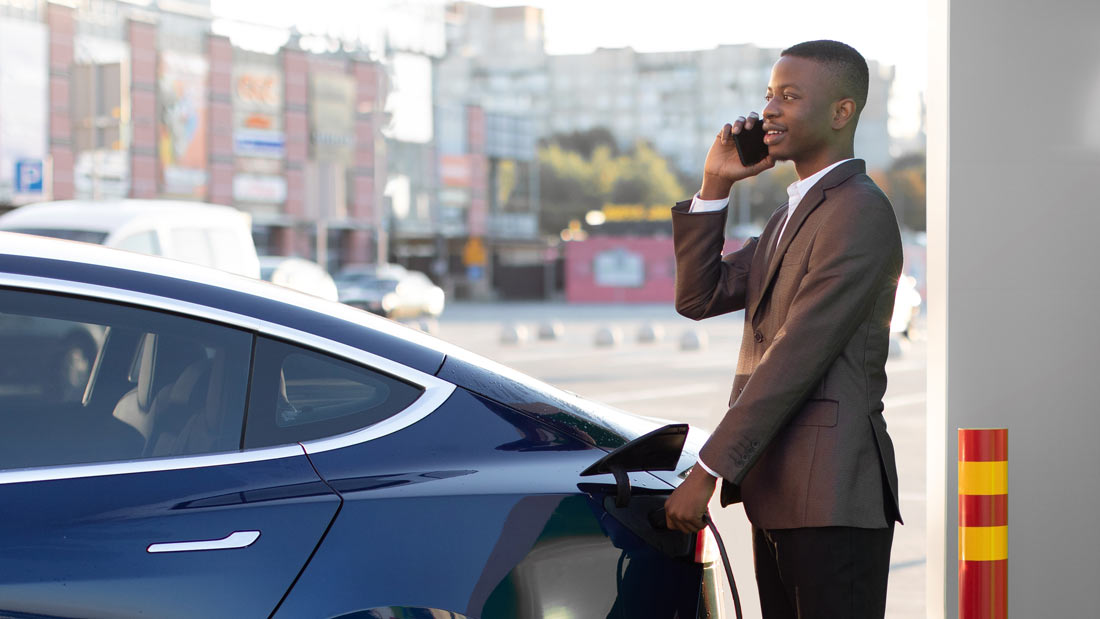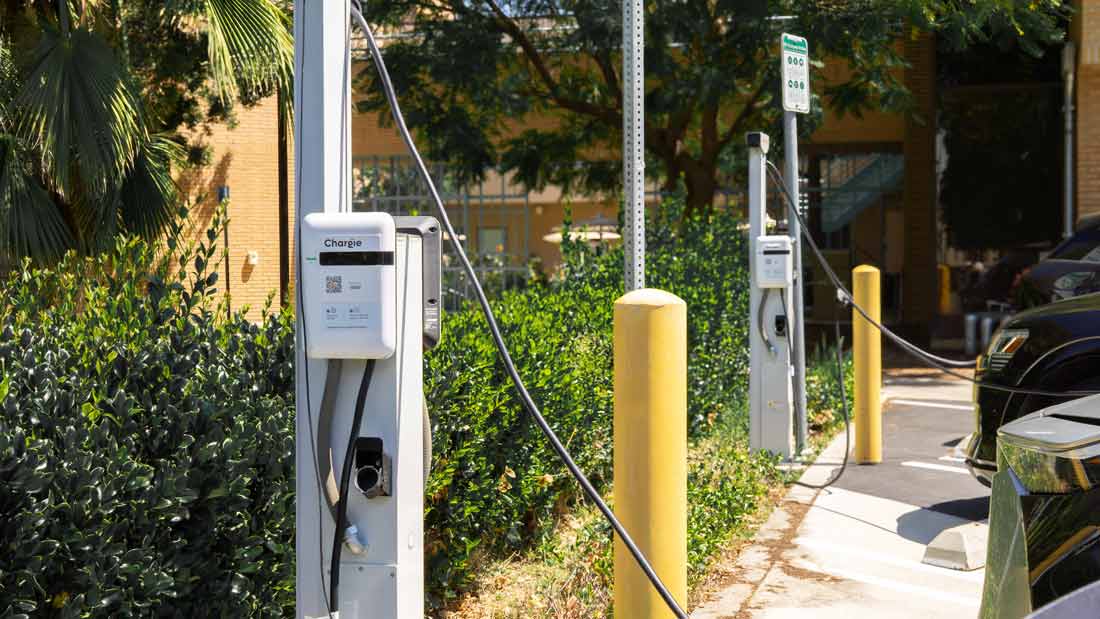
There are three main types of EV chargers: Level 1, Level 2, and Level 3 (also referred to as Direct Current Fast Chargers, or DCFCs). Each charger type differs in power output and use case. Learn more about the differences between level 2 and level 3 chargers here.
There are several factors that can influence how many chargers and what level of equipment a property owner should install. Let us dive into a few of these determinants and discover what charger type and quantity is right for your property:
Drivers’ Average Length of Use
On average, how long will drivers’ charging sessions last?
For properties with frequent, short-term visitors seeking a quick charge, Level 3 fast chargers may be the ideal choice. In contrast, long-dwell locations, such as multifamily communities and offices, are better suited for Level 2 chargers that will fully charge a vehicle while the driver is away.
Accessibility of Charging Stations
Who will be able to use the stations?
The accessibility of the chargers can significantly impact which level of equipment is right for the property. Charging stations may be open to the public, private users, fleet vehicles, or a combination of any of the three. Chargers that are accessible to both fleet and on-the-go public users will likely benefit from Level 3 chargers, providing drivers with quick and convenient charging. In contrast, private chargers typically serve businesses, hotels, and multifamily unit dwellings, which benefit more from Level 2 chargers.
Potential Number of Users
How many drivers will use the chargers concurrently?
The number of drivers that will utilize chargers immediately after installation and in the future will impact the quantity of chargers needed at a site. Properties anticipating an increased volume of EV drivers should consider installing more chargers, or design with future expansion in mind. Property owners can estimate future usage in a few ways:
- Survey current residents, visitors, or guests about current EV ownership rates and the likelihood of future EV ownership.
- Evaluate charging station availability and usage rates at similar nearby properties.
- Research how many EVs are registered in the surrounding community.
Future-Proofing
Will the property be future-proofed or focus on just meeting current demands?
Future-proofing a property involves designing with future expansion in mind, rather than only addressing current demands. For some sites, planning for future demand upfront is the most beneficial and financially feasible. For other properties, budget limitations may mean installing some chargers now to meet the immediate need and expanding more over time.
Property’s Remaining Electrical Capacity
How much power in the building can be allocated to chargers?
Understanding a property’s electric panel’s capacity helps determine how many chargers of each level the site can support. Panels serving industrial equipment will have much less capacity than those serving simple infrastructure. Properties with lower electrical capacities may benefit from more Level 2 chargers, which require less power than Level 3s. For instance, Level 2 chargers require around 20 to 40 amps to support them, while Level 3 chargers range from needing 100 to 500 amps. Additionally, Level 3 chargers require 480-volt service to support them, making them only a viable option for certain properties.
Legal Restrictions
Are there any legal restrictions on the number of chargers or types that can be installed at the property?
It is crucial to review any legal restrictions or guidelines regarding charger installation beforehand. For instance, some property regulations may impose limits on the maximum electrical capacity, which can make Level 3 chargers a non-viable option. Additionally, many states now have building standards that require a minimum number of parking spots to have EV charging solutions or be capable of supporting them. For example, according to the Alternative Fuels Data Center, in California, “new multifamily housing and hotels, 40% of parking spaces must be capable of supporting a low-power Level 2 EV charger and 10% of parking spaces must be equipped with Level 2 EV chargers.”
Budget Considerations
How much can the property spend on chargers?
The amount of funds a property has allocated for charging infrastructure can influence which type of charger, and how many, are viable. Level 3 chargers are significantly more expensive than Level 2 chargers, with a single Level 3 charger costing up to ten times more than one Level 2. That said, for many properties, Level 3 chargers are not financially feasible, making Level 2 chargers the smart option.
Chargie is Here to Help
Chargie assists partners in finding the appropriate number and types of chargers that match their property’s needs and capabilities. Through direct communication with owners and a comprehensive site analysis, Chargie provides the best solution for every property with confidence. Connect with one of our EV experts today for a free property evaluation. Then our team can provide you with an educated estimate for which type, and quantity of chargers is optimal for your property.
























